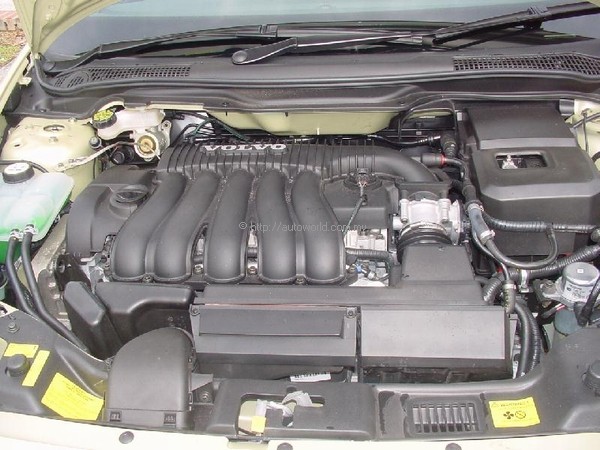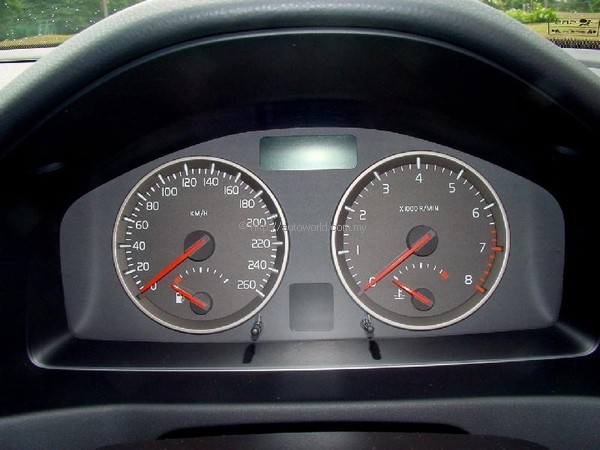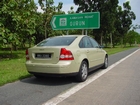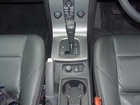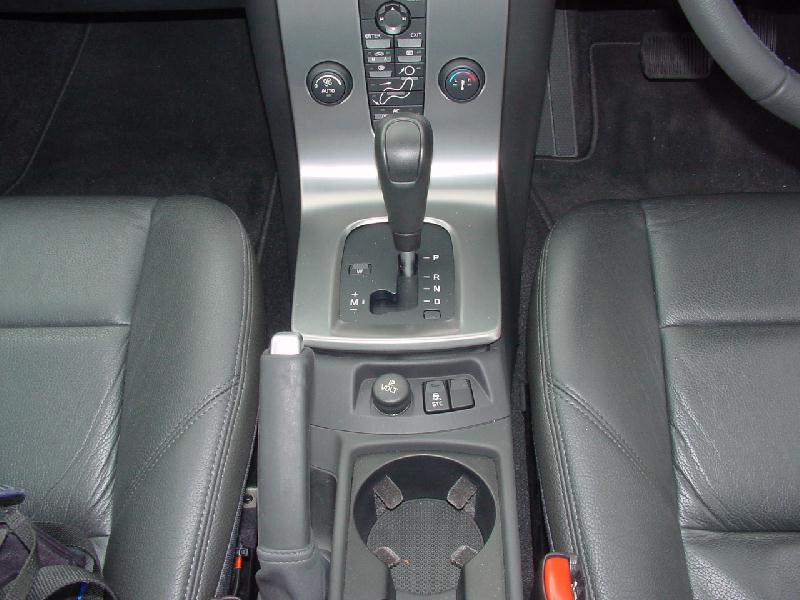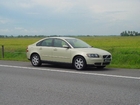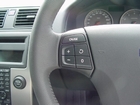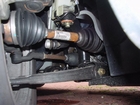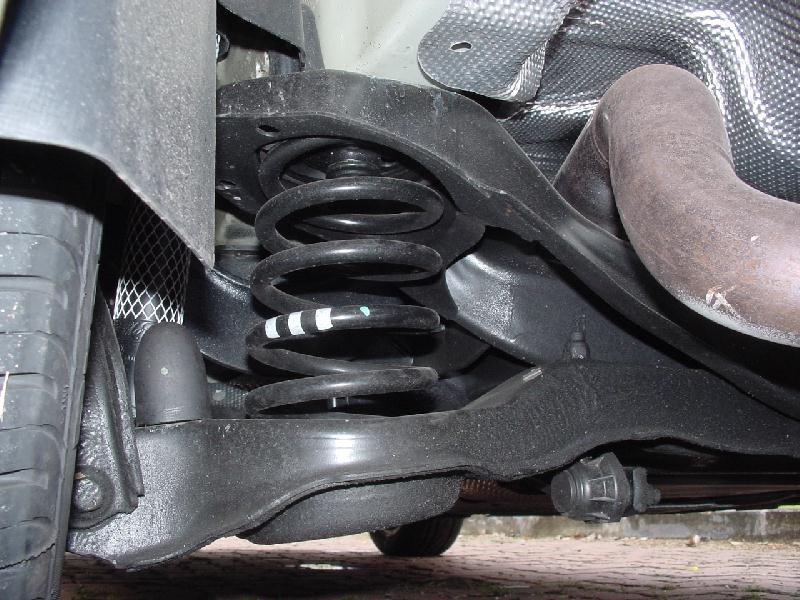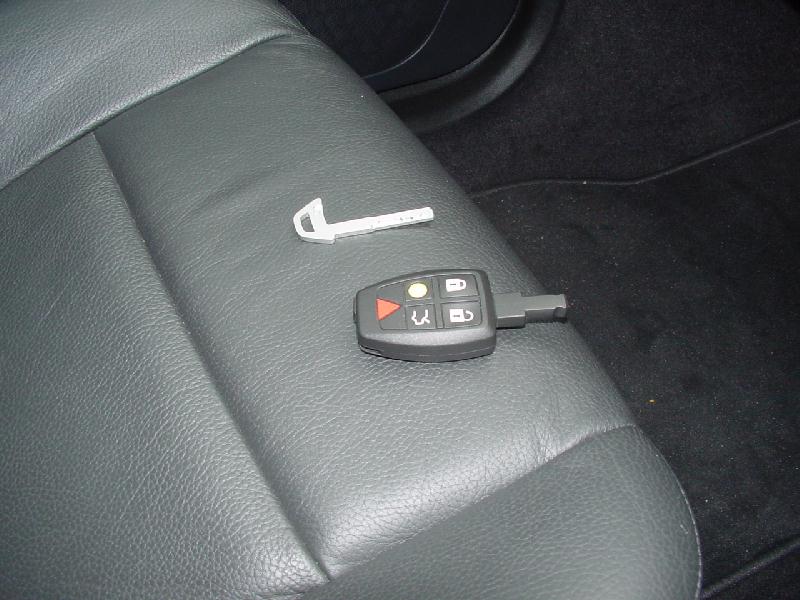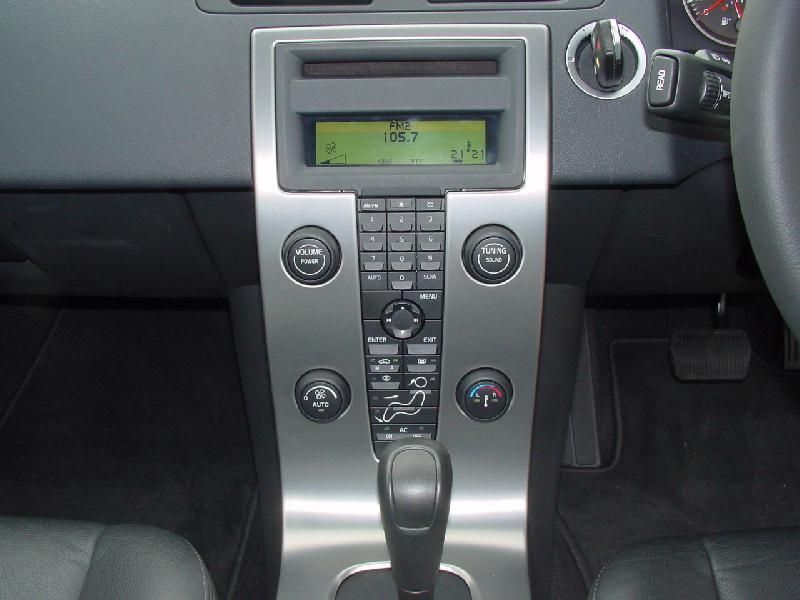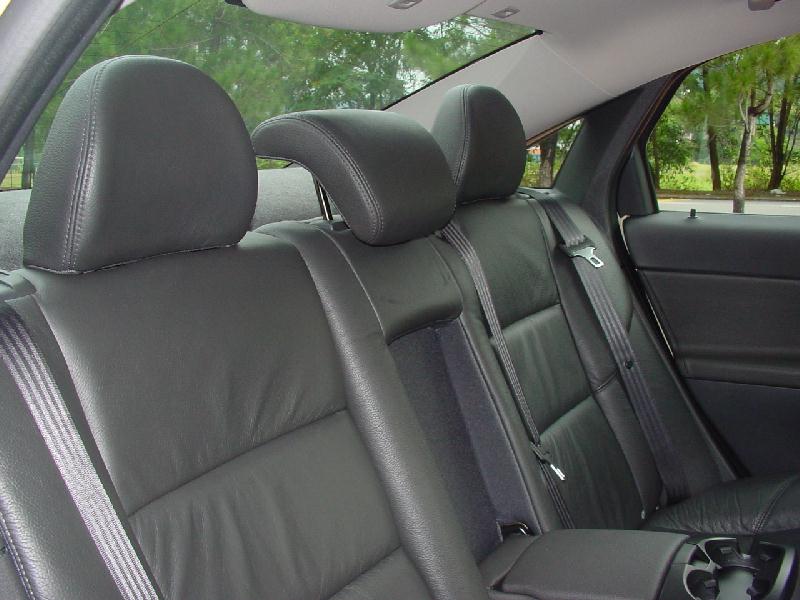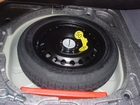Volvo S40 test drive
At the product preview held a about 4 weeks back, I was told that the new engine is not turbo-charged. I had serious doubts as to whether the new S40 could perform, although the cubic capacity had been increased to 2.4 litre from the previous 2.0 litre. So here I was, with a brand new car, equipped with what I thought was a ‘step backward’ engine, and mixed emotions about what to expect.
Outwardly, one can see where the overall outline of the S40 got its inspiration. Even though it shares the same base platform as the Focus, the S40 reeks of Volvo DNA that came from the now familiar S60 and S80 line. One might say the S40 is a scaled down version of its older siblings, a little smaller, with a little less overhang at the front and rear. The overall package looks attractive, and the beautifully sculpted outline with just the right-sized bulges at the right places should keep this model evergreen for quite a few years to come. It looks sporty without being frivolous, and attractive without being effeminate.
The 170 horsepower from the 5-cylinder DOHC engine is close to what a 2.0 light pressure turbo would produce, and although it is not meant to be a street scorcher, acceleration is highly respectable at 8.9 seconds in a zero to 100kph dash. Top speed is claimed at 215 kph; we achieved a little below that, but that was merely because of lack of safe road to fully open up the throttle. What is impressive about the S40 is the low to mid range power; with 230Nm of torque peaking at 4400 rpm, the S40 pulls out to overtake traffic effortlessly.
More exuberant drivers can engage the ‘Geartronic’ (manual gearshift) option simply by pushing the gear selector lever to the left, and shift gears manually. I particularly like the Geartronic on this car because it only shifts up when you push the lever, not like some systems that change up when you hit a pre-determined rpm limit.
We took the car up to Genting Highlands to see how it handled. I must say that all of us who were in the car were very impressed. Throw it into a turn, and the S40 will hold its line without any drama. On a couple of tightening radius turns, I wrenched the steering wheel to see if it would understeer, and the car just ‘tucked; in and we were through. That was when I suspected that it had traction control, and one of my passengers found the ‘STC’ switch in the centre console. It was virtually impossible to make the car step out of line; the S40 is ‘idiot-proof’.
My passengers liked the soft leather upholstery, and the comfort of the interior. Even though I enjoyed every moment that I had driving the car around, I only fully appreciated the value of what the Volvo design engineers put into the Volvo S40 suspension when I got back into my own car. I always prided myself on having set up my personal car to handle superbly, but the Volvo does that too, minus the discomfort of springs that are a tad too stiff. The Volvo S40 rides over all the undulations and ‘waves’ on our Malaysian roads without the shock absorbers crashing and bottoming, yet takes all the hardest corners without protest. The large 16-inch wheels with the 205 mm wide and 55 series tyres also helped, I am sure.
The 5-speed gearbox of the S40 allows for an excellent spread of the gear ratios; first gear is low enough to enable easy take-off, and 5th is long-legged enough to give a high top speed with good fuel economy. In high speed motoring, one can bring out the best in the S40 by using the Geartronic mode. Manual shifting is easy; push the gear lever forward to shift up, and pull back to shift down, just like playing a video game. You can cruise at 140 kph with the engine ticking over at 3000 rpm. Push it up to 3500 rpm, and you see 160 kph on the meter, although you feel like the car is only doing 120. We took a long hard drive to Alor Star and back. Wherever it was safe to do so, we pushed the needle up to over 200. The S40 took it all in its stride, never complaining, and when we got back home, the engine sounded just as good as new, none the worse for the extremes we put it through.
The great surprise of the driving trip was the incredible fuel economy. Fuel consumption on the way up, with me keeping the speed between 140 to 170 kph was 9.9 litres per 100 km. On the way back, with speeds mostly above 160, and near 200 kph most of the time, we managed 10.4 litres per 100 kilometres. These are highly respectable figures, and are a tribute to the finesse in the mechanical and electronic control systems that have been built into the S40.
One other minor point; for some reason, the S40 does not attract road grime. We clocked close to 1000 kilometres from Petaling Jaya to Alor Star and back (including some in-town driving), and passed through at least three patches of heavy rain. Somehow, the body remained relatively clean; other cars I have driven over lower distances have always ended up with road grime and dirty windscreens.
The Volvo S40 retails for RM189,998.48 (price on the road without insurance). This makes it substantially cheaper than the BMW 318i, and a lot cheaper than the BMW325i. There is of course no direct comparison, as each of the models has its own plus points, but if you are in the market for car in the under-RM200k bracket, this is something to be considered seriously.






